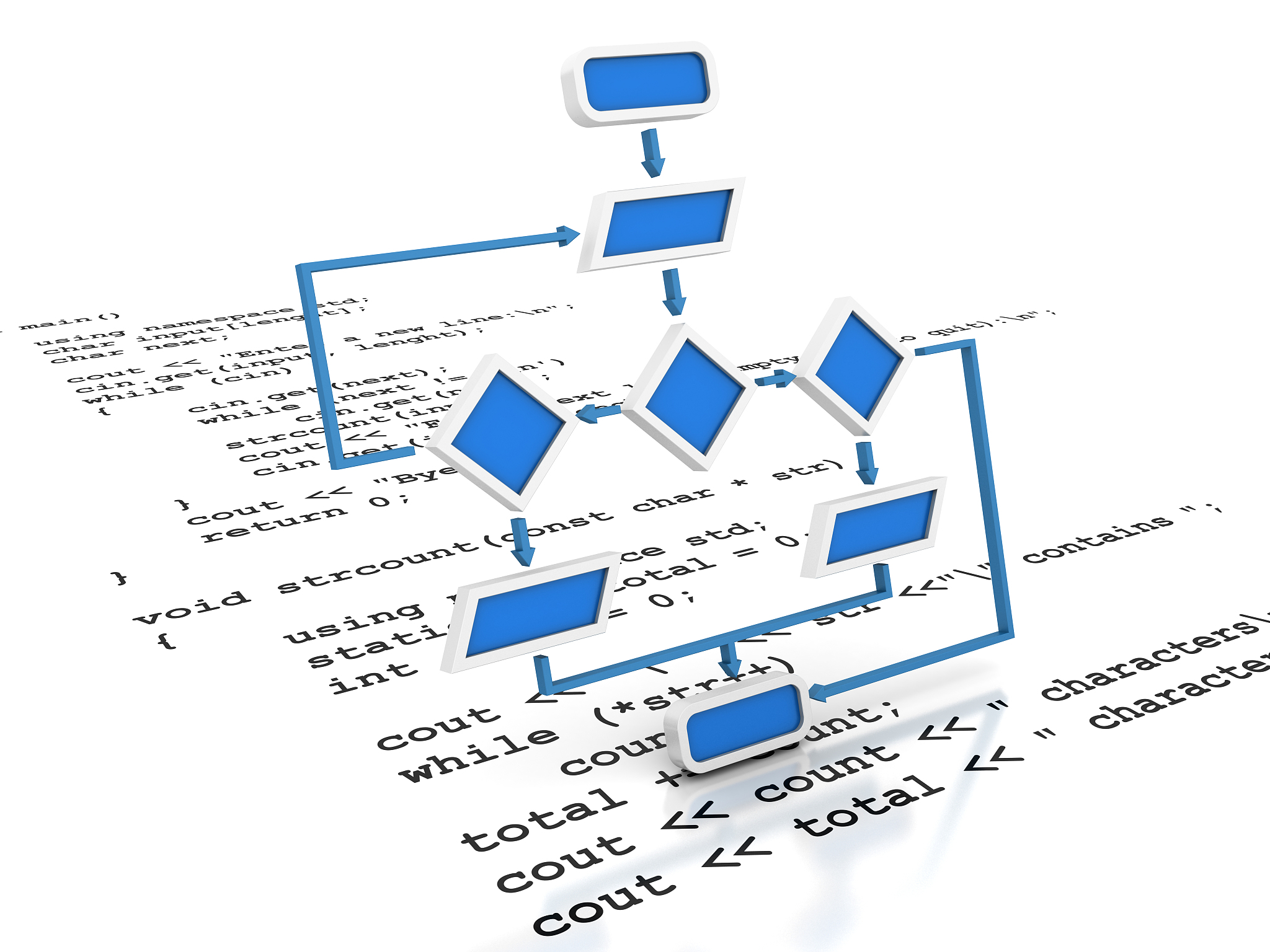Java 递归实现分类树结构:优化代码性能和可读性
使用递归方法构建分类树结构:优化代码性能和可读性
在开发中,我们经常需要处理树形结构的数据,例如分类目录、文件系统等。传统的循环遍历方法可能会导致代码冗长、难以维护。递归方法可以有效解决这个问题,提供更加简洁、高效的解决方案。
以下示例展示了如何使用递归方法构建分类树结构,并与传统的循环方法进行对比。
1. 传统循环方法
List<CategoryTree> list = categoryService.treeList(parameter);
if (!list.isEmpty()) {
for (CategoryTree categoryTree : list) {
// 循环找出下级分类
parameter.put("parentId", categoryTree.getCategoryId());
List<CategoryTree> childList = categoryService.treeList(parameter);
if (!childList.isEmpty()) {
categoryTree.setChildList(childList);
for (CategoryTree childCategory : childList) {
parameter.put("parentId", childCategory.getCategoryId());
List<CategoryTree> childList3 = categoryService.treeList(parameter);
if (!childList3.isEmpty()) {
childCategory.setChildList(childList3);
for (CategoryTree childCategory1 : childList3) {
parameter.put("parentId", childCategory1.getCategoryId());
List<CategoryTree> childList1 = categoryService.treeList(parameter);
if (!childList1.isEmpty()) {
childCategory1.setChildList(childList1);
}
}
}
}
}
}
}
2. 递归方法
private void setChildList(List<CategoryTree> list, Map<String, Object> parameter) {
for (CategoryTree categoryTree : list) {
parameter.put("parentId", categoryTree.getCategoryId());
List<CategoryTree> childList = categoryService.treeList(parameter);
if (!childList.isEmpty()) {
categoryTree.setChildList(childList);
setChildList(childList, parameter);
}
}
}
List<CategoryTree> list = categoryService.treeList(parameter);
if (!list.isEmpty()) {
setChildList(list, parameter);
}
对比分析:
- 递归方法代码更加简洁,避免了多层循环嵌套,提高了代码的可读性。
- 递归方法通过函数调用自身,实现了对树形结构的逐层遍历,逻辑更加清晰。
- 递归方法的性能优势在于减少了循环次数,在处理大型树形结构时更加高效。
总结:
递归方法在处理树形结构时更加灵活、高效,可以有效提高代码质量。建议在开发中积极应用递归方法,简化代码逻辑,提高代码效率。

原文地址: https://www.cveoy.top/t/topic/bX9o 著作权归作者所有。请勿转载和采集!